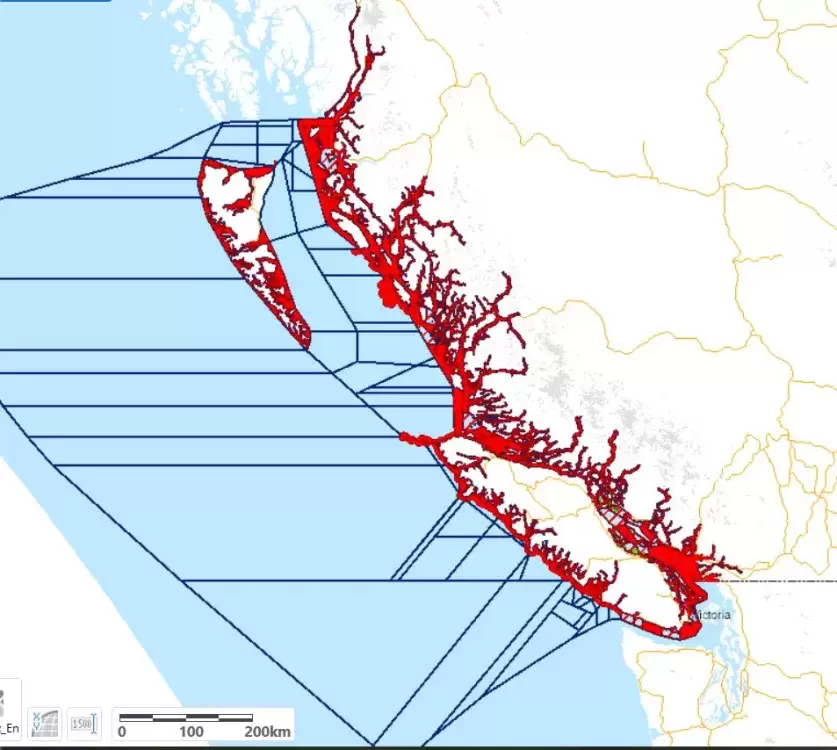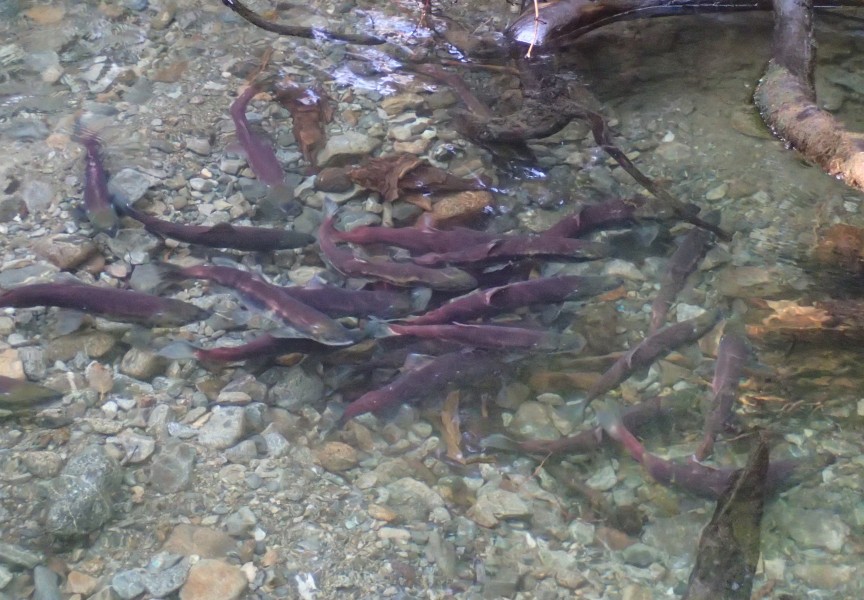Coastal British Columbia – Fisheries and Oceans Canada is warning the public not to harvest clams, cockles, and other bivalves currently near Barkley Sound due to health and safety risks arising from intense rain in the area after an extended period of drought.
The announcement was made Oct. 27, 2022 and covers almost all of coastal British Columbia, including Clayoquot Sound, Kyuquot and Nootka Sound in Nuu-chah-nulth territories, according to a Fisheries and Oceans Canada map.
Shellfish feed by filtering microscopic particles, such as algae, from the water. Some types of algae can remain in the shellfish and cause harmful effects to humans if they are consumed.
Coastal British Columbia is seeing heavy rain after a hot, dry summer. When this happens, contaminants on land will run off into the water.
Fisheries and Oceans Canada say that an affected shellfish area must be closed immediately to all harvesting. The area remains closed until the effects of the rainfall have disappeared. At that point, it is assumed that shellfish are again safe for human consumption.
Eating contaminated bivalve shellfish can be harmful or even fatal. Clams, oysters, scallops and mussels can be contaminated by toxins, bacteria or chemicals in surrounding waters. Before harvesting bivalve shellfish, ensure that the area you plan to use is open and approved for harvesting.
Anyone who may have harvested shellfish from affected areas should not consume them. Cooking will not destroy the toxins associated with paralytic shellfish poisoning or botulism. Contaminated shellfish do not necessarily smell, taste or look different than uncontaminated shellfish, and cooking shellfish does not destroy all biotoxins.
The symptoms of paralytic shellfish poisoning include: tingling; numbness, spreading from lips and mouth to face, neck and extremities; dizziness; arm and leg weakness; paralysis; respiratory failure; and possibly death. Symptoms start quickly, within 30 minutes to 3 hours.
Anyone who feels ill after eating bivalve shellfish should immediately seek medical attention.
Conservation and Protection fishery officers will increase patrols in the area to ensure that the public is aware of this closure and are not harvesting due to the high level of health and safety risks.
The closure of the affected areas is in effect now and will remain in place for a minimum of 7 days after rainfall ceases with acceptable water and shellstock verification sampling, or for 21 days without sampling. A fishery notice will be issued once the ban is lifted.
Harvesters are advised to check with Fisheries and Oceans Canada for shellfish closures in their area. Closures for the Pacific Region can be found on the Fisheries and Oceans Canada website here: https://www.pac.dfo-mpo.gc.ca/fm-gp/shellfish-mollusques/contamination/index-eng.html#contamination







